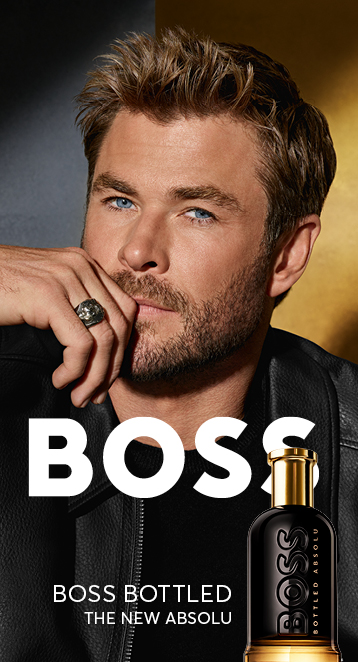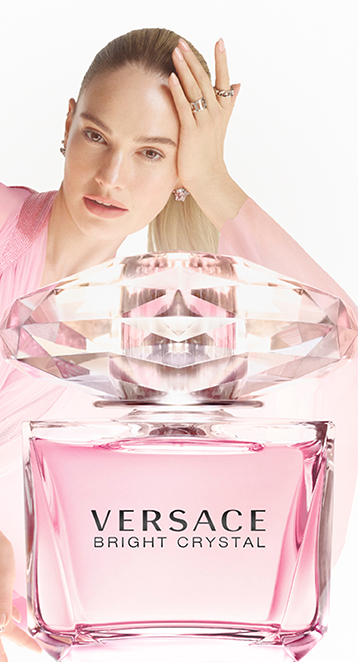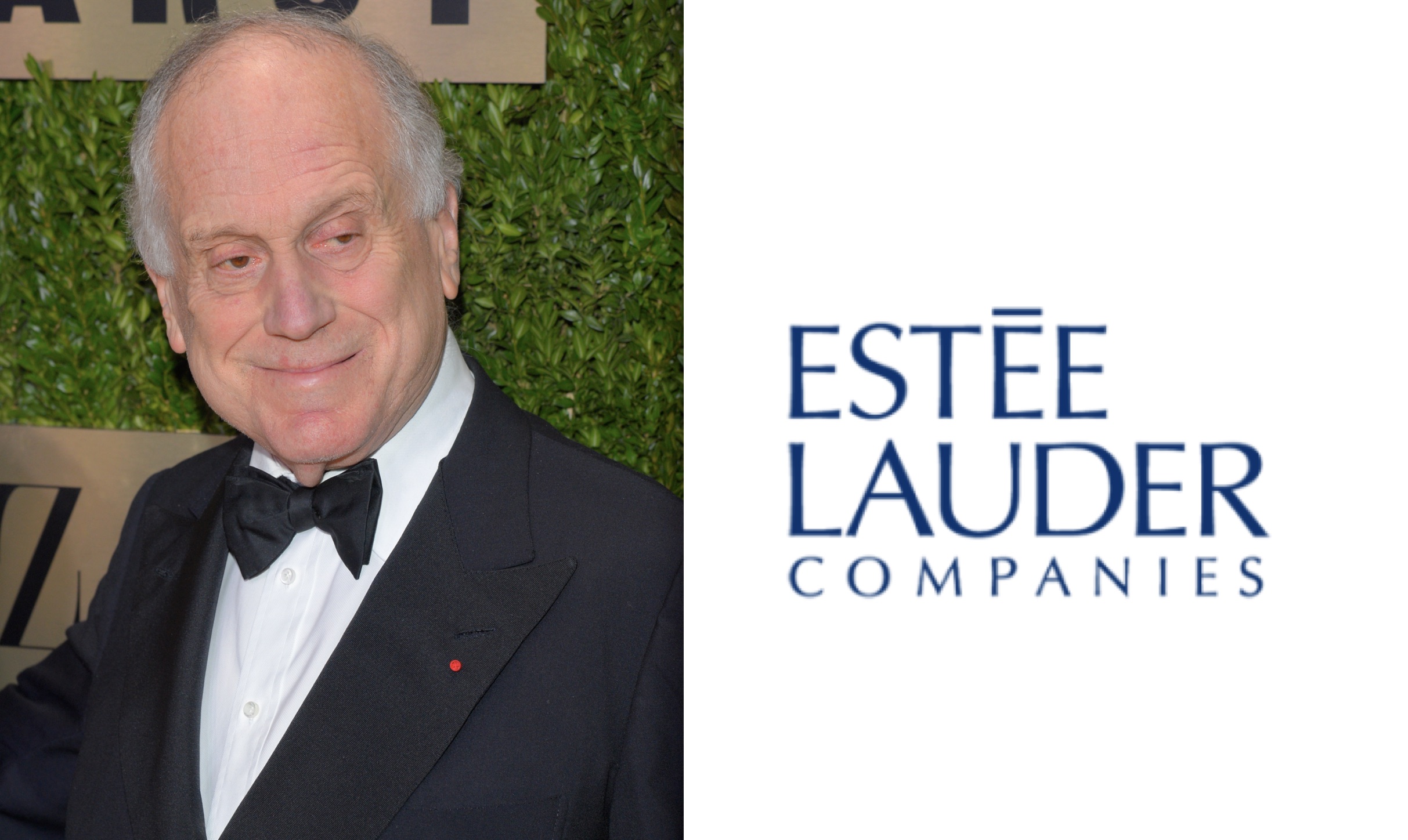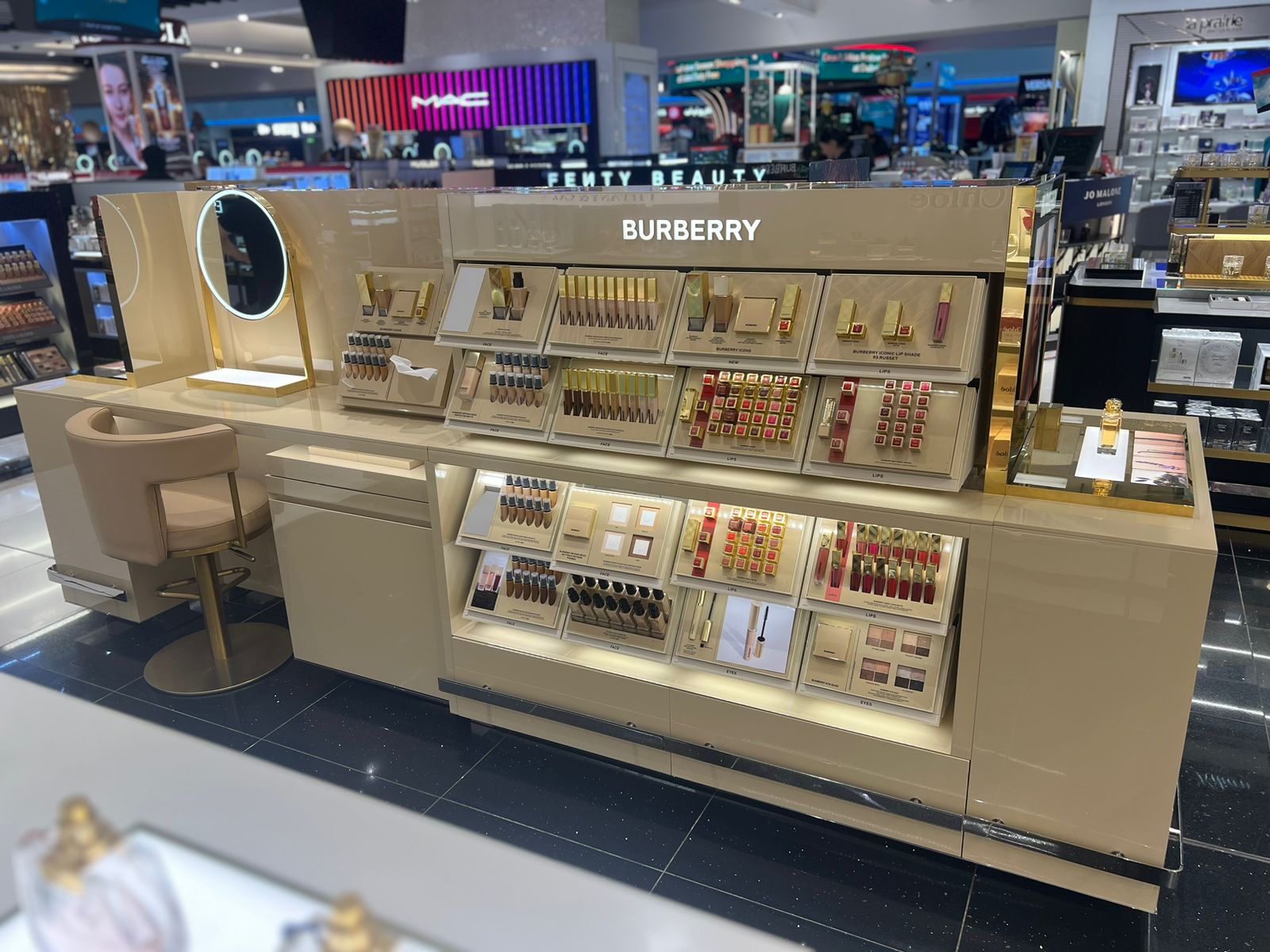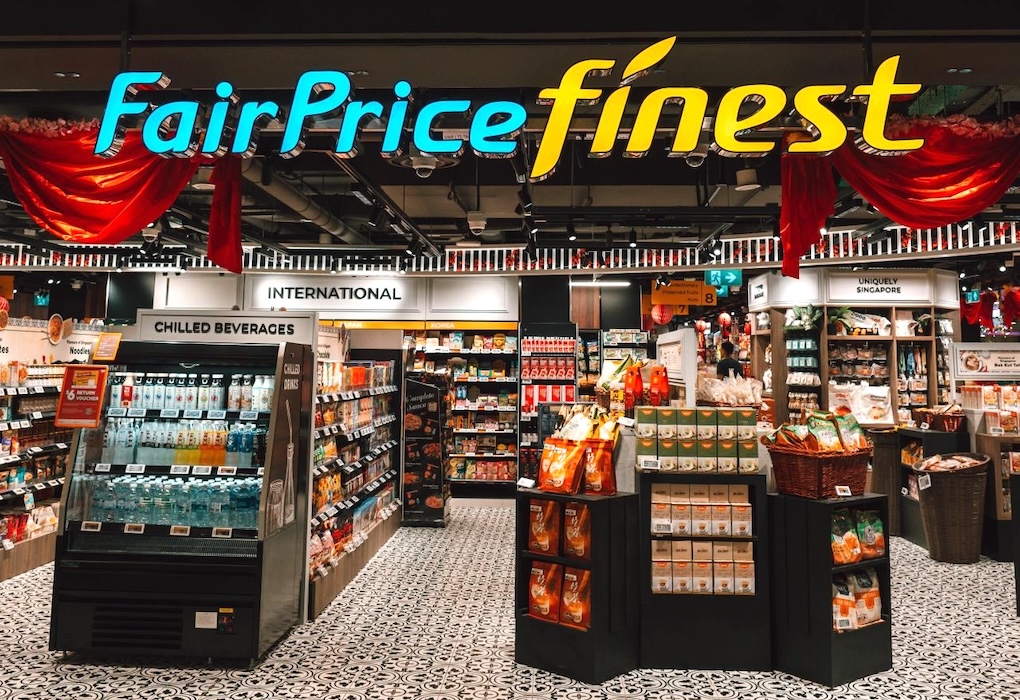Prologue: On 1 October, National Day in China, Whyte & Mackay unveiled its most ambitious travel retail omnichannel campaign and activation, spearheaded by a collaboration with China Duty Free Group (CDFG).
The pop-up and immersive customer experience for the distiller’s best-selling single malt Scotch whisky The Dalmore took pride of place at the CDFG-run Sanya International Duty Free Shopping Complex throughout October. The activation celebrated the ‘once-in-a-lifetime’ single malt collection The Dalmore Decades as well as the recently launched Ensemble Collection and other rare and aged expressions.
The Dalmore Decades omnichannel campaign in travel retail turned out to be a triumph, generating a remarkable 86 million impressions in October.
On the eve of the CDFG activation, Whyte & Mackay Travel Retail Director Richard Trimby and Head of Marketing Global Travel Retail & Emerging Markets Clarisse Daniels talked about these exciting projects with The Moodie Davitt Report Chairman Martin Moodie.

Martin Moodie: Let’s start with The Dalmore Decades, an exciting and hugely ambitious launch on many levels. Tell us how travel retail fits into the roll-out of the No. 5 collection and the No. 4 collection. What are your aspirations in travel retail for those two collections?
Richard Trimby: The concept of the Decades is really about positioning The Dalmore very much at the pinnacle of the category and showcasing that to as many people as possible. Obviously there is a commercial dimension to it, but it’s much more important for us that people see these sets and get to experience what The Dalmore can create.
So we’re telling the story of what we’ve achieved over the last six decades. And particularly, it’s about the life’s work of [Master Blender] Richard Paterson, so it’s a tribute to the brand and to him. It was very important for us to position the sets in high-profile luxury environments where the consumer could see them.

Travel retail was always at the forefront of our thinking because the nature of the environment is perfect for The Dalmore and obviously somewhere where a large number of people will see it. We chose Hainan because China is one of our key targets and it gives us access to so many Chinese travellers.
But it’s not just about what we can do in the store anymore. Particularly with the pandemic and the lack of travel at airports, we’ve had to focus much more on digital. And we expect to reach around 30 million consumers just with the travel retail part of The Dalmore Decades programme. So we selected key hubs where we would be able to access Chinese consumers and work with our biggest partners – people that have not only supported the brand and have a big luxury business but also would be able to stage it correctly.

So we have three sets going into Hainan with China Duty Free Group (CDFG). We have a set in Hong Kong with Duty Zero by cdf [CDFG and Lagardère]. We’ve got one with Lotte Duty Free [at Changi Airport], one with DFS in Macau [for Master of Wines and Spirits], and one with Ever Rich Duty Free in Taiwan Taoyuan International Airport. So travel retail is not just a commercial operation. We could sell these sets to private clients very easily, but for us it was about putting The Dalmore on the stage.
Clarisse Daniels: The purpose is to bring this unique collectible set to life to as many consumers as possible. Global travel retail is a perfect channel to do that because partnering with the right customers allows us to reach this upscale traveller with speed and scale.
[Editor’s note: Underlining The Dalmore’s high-end credentials, the pop-up was sited within the luxury section of the CDFG-run Sanya International Duty Free Shopping Complex. Whyte & Mackay amplified the campaign via digital media in an attempt to capture the Chinese traveller on their journey to Hainan and to build awareness of The Dalmore in the China local market. The campaign also leveraged the vast reach of CDFG’s acclaimed social media channel. A key opinion leader filmed the pop-up and the opening ceremony.]
Through that digital campaign, we will have reached an additional 17 million Chinese consumers beyond the store [see the final results of the campaign -Ed]. So that’s the joy of the duty free and travel retail channel at the moment – it’s doing a lot more than a domestic market could do.

Richard Trimby: This is the biggest global campaign for The Dalmore that we’ve done across multiple markets [including domestic], with all happening simultaneously. And travel retail is centre stage.
In a luxury hotel you have a piece of art in the lobby and that piece of art will be The Dalmore Decades sets. And every luxury hotel has a beautiful bar, so this in turn will lead to a Dalmore bar. [The inspiration and overarching theme of the pop-up was a five-star contemporary hotel setting -Ed]
This is all part of the whole trend towards digital. In a way, COVID has been a catalyst for innovation in the industry. We’ve always been wanting people to experience our brands. And it’s now about how you do that. Before, it was all about liquid on lips in a bar. But how many people do you reach through that?
If you think about the millions who travel, that was always a great thing for travel retail. But now we can access people even when they’re not travelling. We had to do that last year because people weren’t at the airports so in a way we were forced to go down this road. And it’s proven to be really beneficial and it is probably the future for us. We will be focusing and measuring our activities not just on what happens in the airport, but what happens beyond it.

Clarisse Daniels: Another key component of the digitalisation is that all our merchandising will feature a QR code.
There have been various insights that suggest duty free shoppers might not want to interact with staff as much as before, so we felt it was important that we continued to deliver all the craft facts and information about what the whiskey tastes like and why it is right for them.
So we’ve created beautiful animations for most of our range. Once the shopper is in the store, they just scan the QR code. And rather than having a static image with some text, we’ve created animations that are emotionally engaging and give consumers some social currency to justify that purchase. So that when they’re back home, they will be able to say, “I bought this product because it’s made like this or it tastes like that” or some other interesting information about the whisky.
Let’s talk about the Hainan opportunity, which is clearly a very considerable one. But it’s also a fledgling sector, in that wines & spirits were only added to the offshore duty free mix in July 2020. How do you evaluate the market in terms of scale and potential?
As you say, it came out of the blue [in 2020]. We heard rumours… and then suddenly they opened the market up and we really didn’t know quite how to evaluate it because we didn’t have a lot of information. But it could not have come at a better time for the industry.

As a company, we’re about responding quickly to opportunities and our team out there on the ground were convinced that this was going to be a big thing based on close dialogue with CDFG. We managed to get CDFG an allocation and investment diverted from other markets. So the speed of response really benefited us and we got in there very, very quickly with The Dalmore. And since then we’ve been investing heavily in all our units as well as merchandising in all the key stores.
For us it’s all upside because it’s a new market that we hadn’t seen before. The biggest challenge we’ve got, in fact, is satisfying the demand. We do not see Hainan as just being a replacement of lost duty free business. We see it as being incremental. It seems to be attracting people that weren’t travelling internationally before and of course it is much more accessible for people from the Chinese domestic market. So it’s bringing new shoppers into the market, which is fantastic. And, again, for us strategically it’s not just about the commercial opportunity, it’s the brand building opportunity.

Our job with duty free is to allow people to experience our brands in their ideal environment and take the story of The Dalmore and the rest of our portfolio to as many people as possible and Hainan provides that. It’s unclear how fast Hainan will grow in the future. Next year will be very interesting when people are traveling internationally as well. But I see it as here to stay and the Chinese government are clear about their long-term vision for the region. The amount of investment that’s going in is very encouraging and we want to be very much part of that.
We see it as a perfect environment for us to interact with consumers, both in-store but also in the on-trade. People aren’t just going to Hainan to shop. They’re going there to spend leisure time and that’s where The Dalmore needs to be, too. So it’s a great opportunity both for our domestic business and for our travel retail business.

Given the very high value allowance, are you focusing on your high-end lines?
Richard Trimby: Yes we are. There is certainly demand there. People are able to trade up in Hainan, particularly Chinese consumers because of the high tax and duty at home. There is a big demand for prestige items and our very luxury end. But it’s across the board really… we want as many people as possible to enjoy the top end of The Dalmore but we’re also investing in The Ensemble collection, which is a much more accessible range. There are a range of people going to Hainan and not everybody is going there to buy luxury.
Clarisse Daniels: It has been very interesting to see the success of Jura and Fettercairn malts as well. Initially we focused heavily on The Dalmore but CDFG came back to us recently noting a very high demand, especially for Fettercairn. As Richard says, it’s about how we are going to meet that demand.
Hainan shoppers are open to discovering new brands and this is happening for us because Jura and Fettercairn are beautiful single malts with great craft stories, great presentation and great liquid. So we are very pleased with the take-off on the whole portfolio.

Richard Trimby: People are in the right frame of mind in Hainan. They have plenty of time. It’s not as rushed as the airport environment and they are able to browse. So it’s an opportunity for us to seed brands to Chinese consumers who will then take those trends home. So it will feed demand in the domestic markets too. To answer your question about how big has Hainan become, it has more than replaced the business we lost in the Chinese airports and that’s significant for us. So, you know, it’s effectively another China, which is massive as you can imagine.
Yes, it’s almost an industry within an industry. It has its own rules and its own challenges. One of those challenges in the case of a luxury product and a heritage brand such as The Dalmore is likely to be staff knowledge and quality of service. How are you managing that in Hainan?
Well, we’re doing a lot of staff training, obviously. We are looking at having our own Brand Ambassadors on the ground as we would in airports. That is something we are looking at for next year.

Because we cannot be there in person right now, things like this interactive technology are very helpful. We have it on all our fixtures now. We’re looking at it also on our packaging so there would be a QR code on every bottle. We haven’t really fully utilised the opportunity which that represents to communicate directly with consumers but it is something that is very exciting.
It’s about people being able to understand more about the product in-store without having to ask a staff member. But also being able to take that home with them and share that story with other consumers. And I think that really opens up a huge opportunity to engage with consumers and have a dialogue with them
We’re ultimately in the entertainment business – whisky is part of people’s leisure time. It shouldn’t just be about the liquid in the glass; it’s also the stories that surround it. So if we can take those stories into the consumer’s home, then it becomes really powerful.
Clarisse Daniels: I would also highlight the fact that we are building permanent displays across the island. We are working with various operators, building The Dalmore wall bays and some Jura and Fettercairn ones as well. So we are making sure that we are present across the north and south of the island. All of these wall bays will be equipped with the range, including the prestige offering but also with a more entry level like the Ensemble Collection. And all are equipped with our QR codes to engage the shopper in an interactive way.
THE ENSEMBLE COLLECTION
The Ensemble Collection celebrates The Dalmore’s cask creation through three expressions: The Trio, The Quartet and The Quintet, which offer a three, four and five-cask finish respectively.
The collection’s launch is backed by a superbly innovative omnichannel campaign, which includes matching each malt with bespoke music composed exclusively for the collection by Misha Mullov-Abbado plus tailored illustrations by Joanna Layla.
Richard Trimby: We’re very proud of this concept. Clarisse has been a real catalyst for this in our business, a champion for going digital.
It’s something that we hadn’t really mastered within travel retail before. But what I think is shown here is our capacity to engage with consumers. We’ve always done it very well physically when we have done HPPs in-store and we’ve won a few awards for it, too. But this was a new territory where we asked how do you communicate with consumers when you can’t be there in front of them and when you haven’t got a Brand Ambassador in the store?
It really opened our eyes to the potential of a multi-sensory experience. Whether or not consumers can nose the glass, they can understand the character through the composition of music that’s been created.
The artistry that we have used takes people on a journey to the different regions where we source our casks. So it starts people talking about our cask curation story and not just about the age of the whisky. And that’s one of the unique dimensions of The Dalmore which people don’t necessarily see a lot of – the quality of the cask we use and what was in it previously.
It’s not just an oak cask; it’s an oak cask that held 30-year-old Matusalem sherry, which in itself is a fantastic and very rare thing. You can see that dimension in the whiskey as well. And this is really taking consumers on that journey.
It’s inspired by The Dalmore King Alexander III, which was the first and as far as we know still the only six-cask finish single malt on the market. It’s certainly the largest one.

We wanted something that talked to that story. So we looked at experimenting with different casks that were a part of the King Alexander. The inspiration came from the head of our business, Winston Co [Director and President of Emperador Distillers, Whyte & Mackay’s parent company -Ed], who said, “Why don’t you come up with a three, four and five cask finish? If the King is six, why don’t you take it on a journey?”
That was inspired because it showed us the way that we could actually communicate different levels and steps through the chain in a much easier way for consumers to understand. So that’s where the idea of the three, four and five cask finish came from. And then we turned it into Trio, Quartet, Quintet as names and that led into the idea of music.
We are trying to inspire consumers whether they’re in a store, on an airplane, on a train, at the airport, at check-in or in their own home. This is something that we can communicate directly with them.

Clarisse Daniels: We have a presentation to train all the Brand Ambassadors with. Why music? Well, just as composer, orchestra, and different instruments combine to create a musical masterpiece, so our master distiller has combined different casks to create an exceptional whisky.
The idea behind this new Ensemble collection is that it is the story behind exquisite casks, beautifully orchestrated. So here we are pleased to introduce three exquisite new single malt whiskies exclusive to travel retail.
That means the Trio, the Quartet and the Quintet, as three, four and five cask finishes, which then lead onto the King Alexander, which as Richard said is the only six-cask finish single malt commercially available.
We’ve partnered with an up and coming British composer, Misha Mullov-Abbado. We gave him the opportunity to be creative by sending him samples of our whiskey and he created bespoke music for each of the single malts. What we love is how he could express what he felt for each. So for him, the Trio evoked calm and intimacy; whilst Quartet was stormy, Highland weather; and Quintet was grandeur and majesty.
It is interesting that when we did tastings of the Ensemble collection with Asian customers, most of them at the end of the session remembered these words from Misha. That’s because they’re quite consumer-friendly words rather than the usual words we use in the industry.
So as I’m always looking to influence consumers, it’s interesting how working with people that are outside of the industry can help us to really convey a stronger message. We’ve also worked with Joanna Layla who is a British illustrator and she’s worked for many other luxury houses including Givenchy, Dior and Alberta Ferretti.

We selected her because her style is quite distinctive. She’s using watercolour and she really stands out for her use of colour. We’ve asked her to bring to life the provenance of our casks, so rather than showing another pile of casks, which is quite category-generic, we are transporting the viewer through the animation to the country of origin. We know that our targets love travelling and this is our way of creating another experience. She’s also brought to life the taste profile of each of the whiskies.

Tell us then about the whiskies.
Clarisse Daniels: Trio has three different types of cask for its finish. It’s using aged 10-year-old Tawny pipes, exclusive 30-year-old Matusalem sherry casks and first-fill American ex-bourbon barrels. So even though it’s the entry level in the collection, it’s still including amazing casks such as this 30-year-old Matusalem sherry cask. We are the only brand that has access to this kind of cask that had 30-year-old Matusalem sherry in it before.
So we invite the audience to pour the whiskey in their glass and enjoy it whilst we’re playing the video. It is the exact same experience in-store where the shopper can do a tasting but when they want to know more about the Trio, they will see the video.
As Richard mentioned, all of the Dalmore bottles are now equipped with a QR code, so once you’ve purchased your bottle you can repeat the experience at home with your friends by scanning the QR code and seeing the same video. We believe it’s going to work, because it’s attracting the luxury consumer who was not always a single malt connoisseur. We’re tapping into shared passion points of music and art, which we know are really relevant to our targets.
And it’s very distinctive. Because we’ve worked with artists to create bespoke music or art, people will recognise it and it’s not going to blend with that sea of sameness that you often see within the category.
Richard Trimby: I love it. We’ve done tastings with it several times and people are captivated by it. Whisky has always been about transporting people on a journey, hasn’t it? And in taking them back to the Highlands of Scotland, I think this does that.
Clarisse Daniels: And when we did it with the Asian customers, where the concept of QR codes is way ahead of Europe, the reaction was amazing. They were very excited with what they were seeing. It was very encouraging and we’re hoping that the consumers will feel the same way.
Richard Trimby: Seeing the QR code used well, that’s what matters. And having something that a consumer wants. If you’re just giving them a tasting and a bit of marketing information or an advert, it leaves you really cold. Whereas this is something that people want to see because it adds to the experience, which I think is great.
We’re very excited about this range. We see huge potential. We launched it in Europe and the Middle East just at the time of the pandemic. It’s now extended into Asia, partly because of the surging demand that we’re seeing there. And we’re expecting to double sales next year.
We’re at capacity, so the sales next year are projected to be very strong. And this is a way for us to really grow The Dalmore business in many ways.
2020 was obviously a tough year for the whole industry. Yet, you know, the lasting impression for us was the resilience of the business. Again, it’s shown how people can adapt to situations.
Over the last two years, you know, we’ve had a difficult period but the industry has adapted really well. We’ve had to show agility. We’ve explored new territories. We’ve done more in offshore, military, diplomatic, border shops than we ever did before. And that’s going to stand the test of time in the future. When the airports do come back, we’ll have a more balanced business and those opportunities will continue.
We’ve been innovative in terms of our marketing, in terms of moving more into digital, finding new ways to engage with consumers beyond the airport. And I think it’s been a whole catalyst for the industry. The industry needs to continue to innovate. It needs to continue to find new ways to make the experience of travel retail shopping something that consumers want to come back to. And for us, innovation is always going to be key. That’s one of the big growth drivers in the malt whisky category. It’s about innovation, but also choice.

What we worry a little bit about now is that the pandemic has meant that financial resources are constrained. People can’t invest as much. People have had to reduce stock levels, look at their range carefully. But it’s the innovation and variety which really is the lifeblood of the malt whisky category. And it’s important that people continue to bring new things into the category and don’t just let the range sit. And we’re all about innovation as a business.
Fettercairn was a brand that was just a distillery three years ago and now we see it as a potential Dalmore of the future. It doubled its sales last year during the pandemic, both in travel retail and the UK domestic market, and we have really high hopes for that. I don’t know if you know, but Jura is now the number-one malt whisky in the UK. Let that sink in for a moment. It has overtaken Glenfiddich. That’s a huge step for a brand like Jura. And we see great potential for that. We haven’t really realised that massive opportunity in travel retail yet because of the pandemic. But in the domestic market Jura is on fire.
Clarisse Daniels: It’s been the second-fastest growing malt in volume globally last year. And the number one was Tamnavulin which is one of ours as well. Whyte & Mackay had a fantastic performance last year but we did as well in travel retail despite the turbulence.
Richard Trimby: Globally we grew +10% in a category that declined -5%, so we really took advantage of the situation and adapted well. And we’re very off-trade focused with those brands. There were only three brands in the top 25 that grew in volume last year and they were all ours, The Dalmore, Jura and Tamnavulin. That just shows the power of our business, how it’s transformed from being a blended whisky supplier with a few malts to being a malt whisky force. So we’re very excited about the future and hats off to our team in the domestic market who had a very strong year.
The bounce back in our [travel retail] business has been enormous. I think we’re expecting to be up more than +50% this year versus last year and we hope very much to recover and be back to 2019 levels by next year, which is huge.
A closing word for the industry reading this?
Richard Trimby: We talked about the need for innovation but collaboration is also something that has always been important. And particularly I think that’s something which has helped the industry pull together. We have had to work in a different way with our partners to help them through a really tough time and we recognise that. And we very much hope that this spirit of collaboration and support will endure. Because I think it’s only by all partners working together that this industry can thrive.
We’re at our best when the airports, the operators and the suppliers are all moving in the same direction. So I really hope this spirit of collaboration continues long into the future.
Note: Every fortnight The Moodie Davitt Report publishes Hainan Curated, in association with Foreo, a curated selection of all recent stories from the offshore duty free sector. Click here to subscribe free of charge and to view all back issues.






